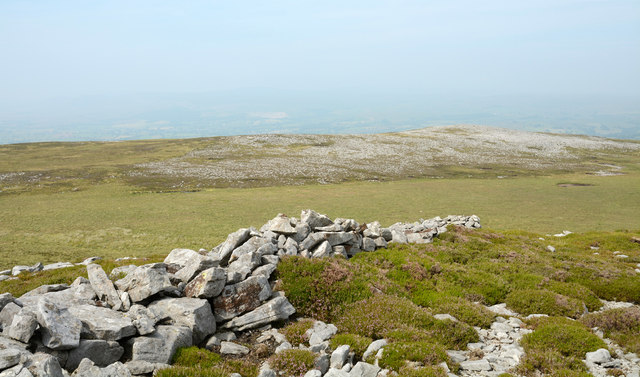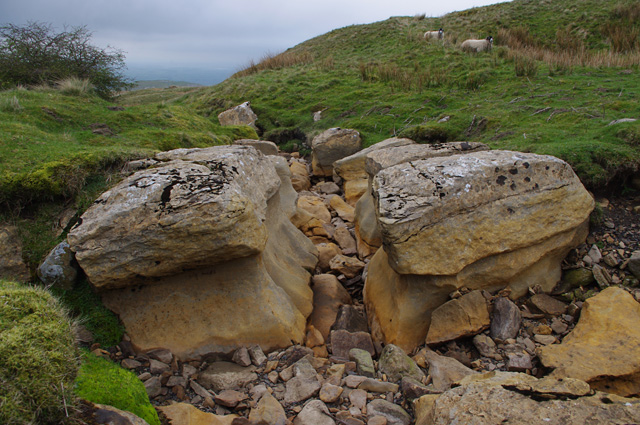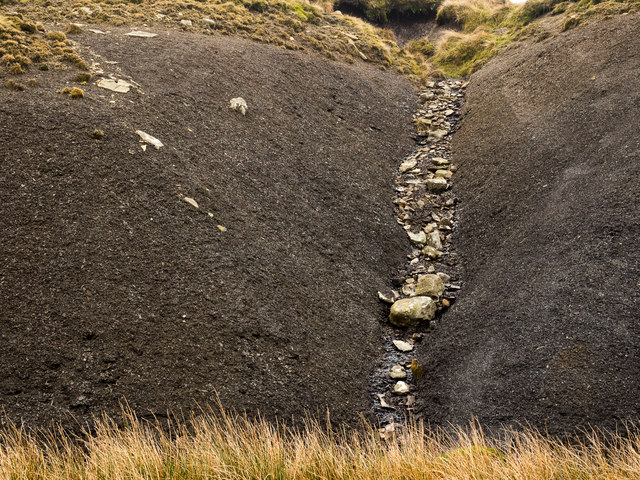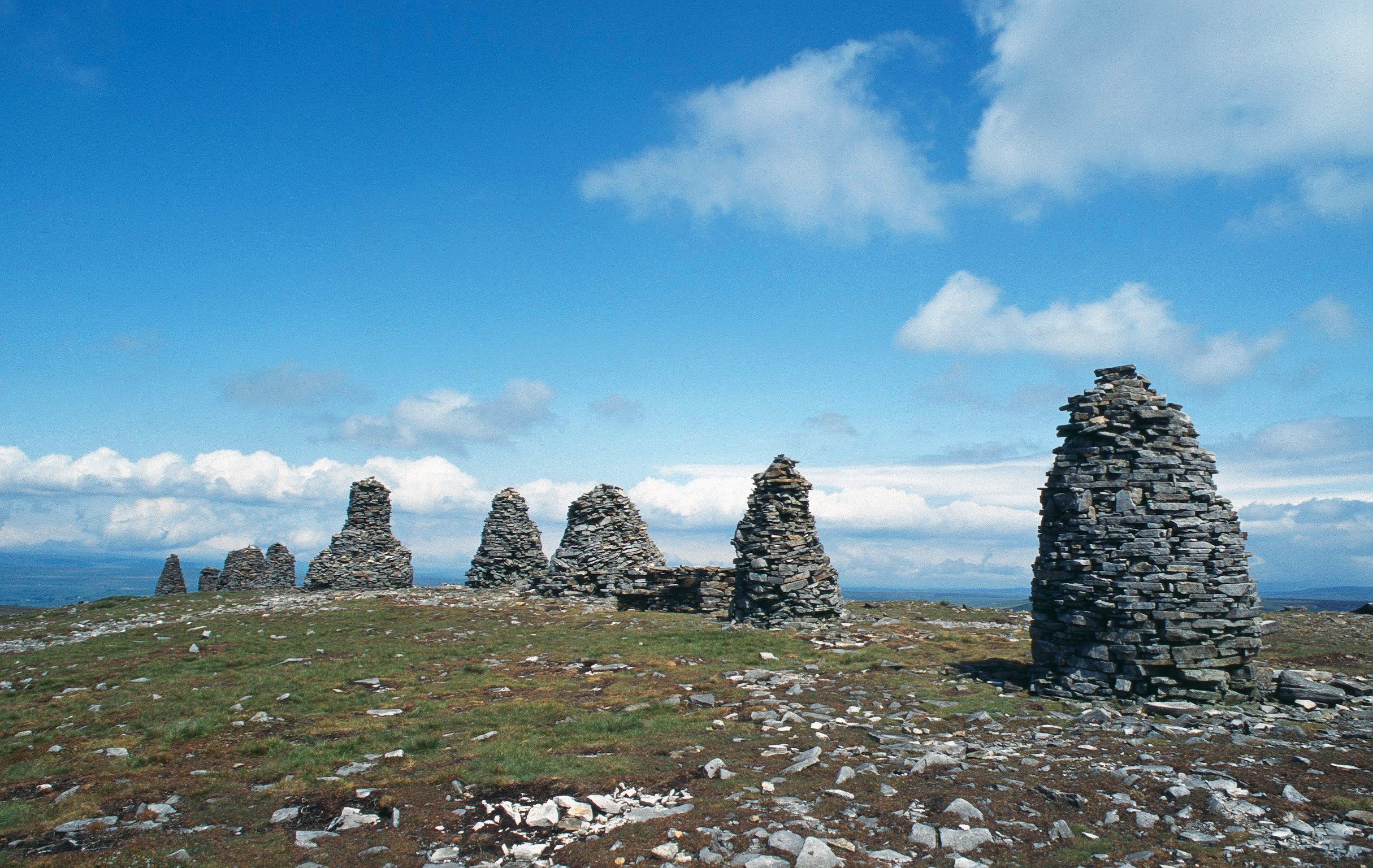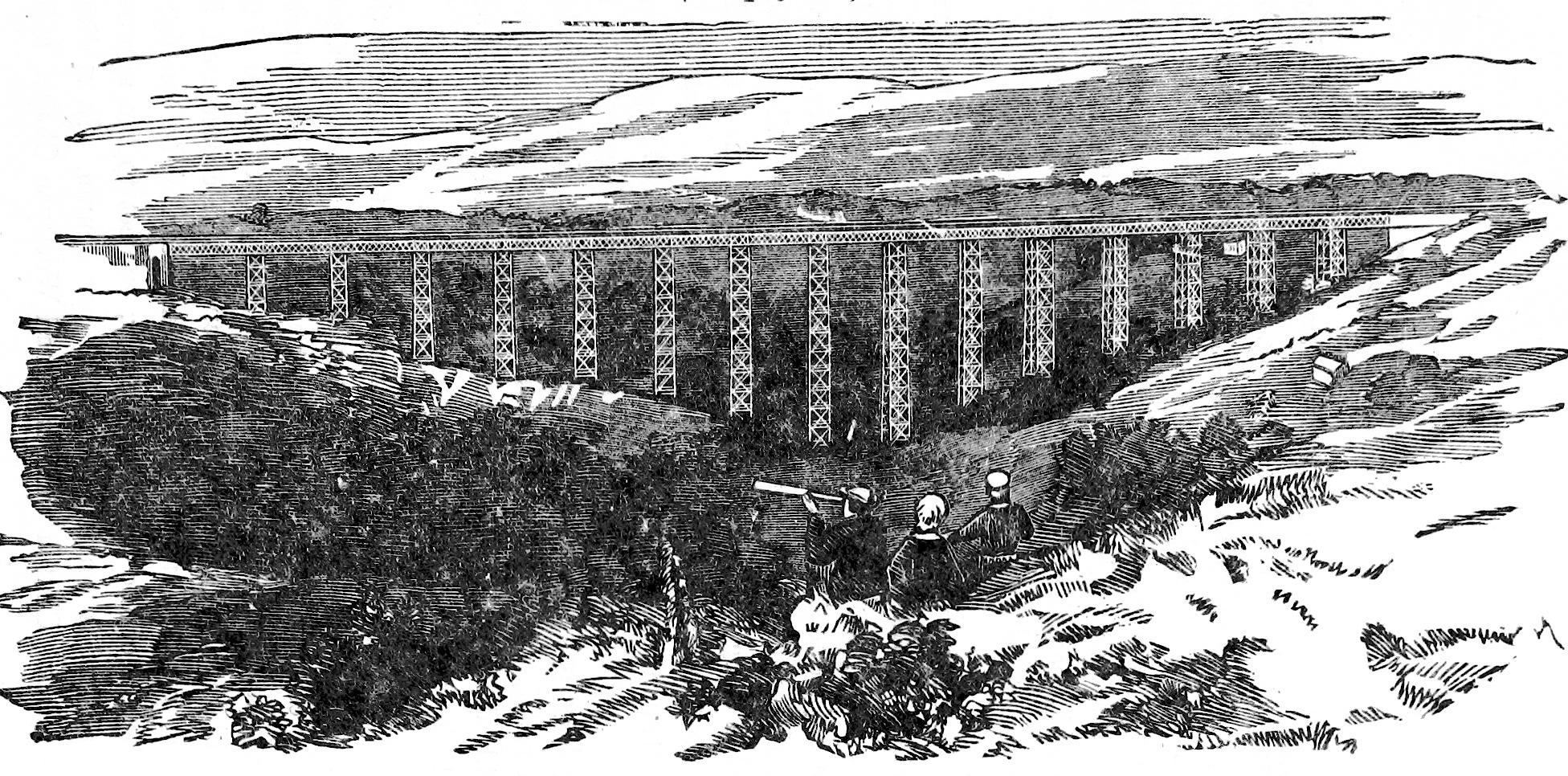Bields Hill
Hill, Mountain in Westmorland Eden
England
Bields Hill

Bields Hill is a prominent hill located in the county of Westmorland, in the northwestern region of England. It forms part of the larger Pennine range and is known for its picturesque beauty and rich natural heritage. Standing at an elevation of approximately 1,925 feet (587 meters), Bields Hill offers breathtaking panoramic views of the surrounding landscape.
The hill is characterized by its gentle slopes and lush greenery, making it a popular destination for hikers, nature enthusiasts, and photographers. The area is home to a diverse range of flora and fauna, including heather, bracken, and various species of birds and mammals. The rocky outcrops and crags that adorn the hill add an element of ruggedness to its overall appeal.
Bields Hill is easily accessible, with several footpaths and trails leading to its summit. The most commonly used route starts from the nearby village of Orton, where visitors can embark on a scenic walk through rolling meadows and woodlands. The ascent to the top is moderate, making it suitable for individuals of varying fitness levels.
Once at the summit, visitors are rewarded with breathtaking views of the surrounding countryside, including the nearby Howgill Fells and the Lake District National Park. On clear days, it is even possible to see as far as the distant Scottish hills.
Overall, Bields Hill in Westmorland offers a serene and tranquil escape for those seeking to immerse themselves in the natural beauty of the English countryside.
If you have any feedback on the listing, please let us know in the comments section below.
Bields Hill Images
Images are sourced within 2km of 54.463325/-2.2760949 or Grid Reference NY8207. Thanks to Geograph Open Source API. All images are credited.
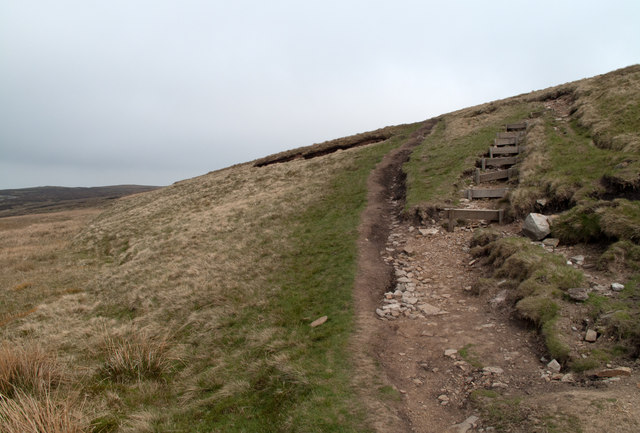
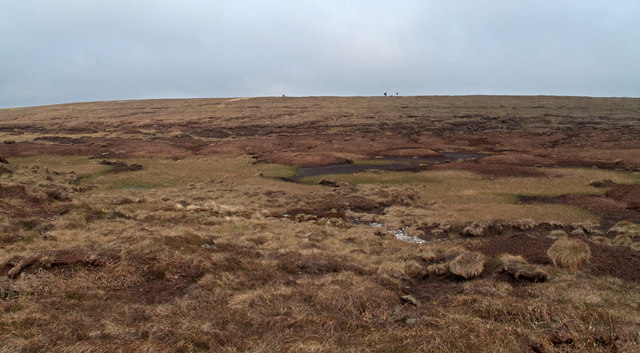




![Traces of old industry at Little Longrigg The eye is drawn to the middle distance where there is evidence of some workings on the slopes of Birkett Hill. In the foreground is the crescent shaped outline of an old turf and stone dam, almost certainly used in the 18thC for the purpose of hushing on nearby slopes in the search for galena [lead ore].](https://s2.geograph.org.uk/geophotos/04/13/93/4139374_2b647a1e.jpg)
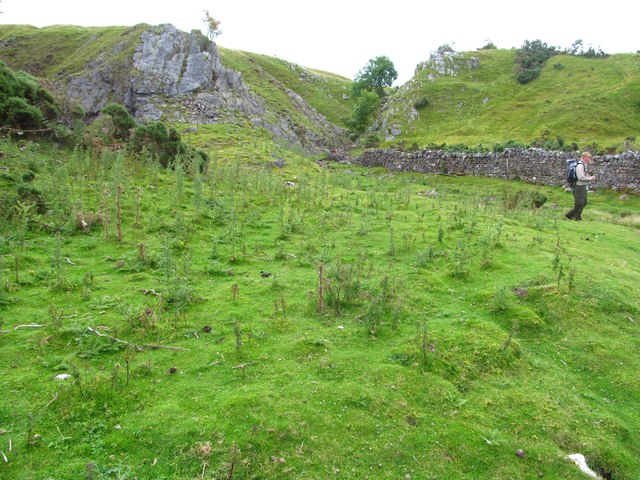

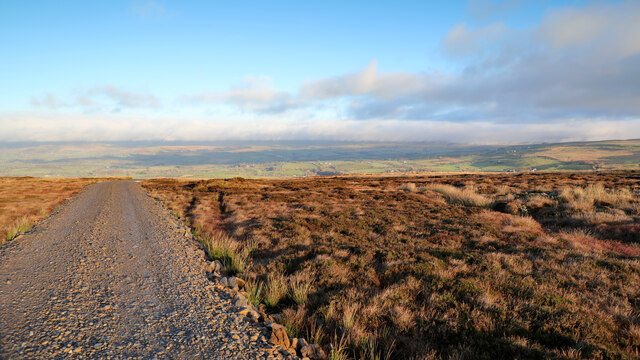
Bields Hill is located at Grid Ref: NY8207 (Lat: 54.463325, Lng: -2.2760949)
Administrative County: Cumbria
District: Eden
Police Authority: Cumbria
What 3 Words
///sloping.noodle.animator. Near Kirkby Stephen, Cumbria
Nearby Locations
Related Wikis
Nine Standards Rigg
Nine Standards Rigg is the summit of Hartley Fell in the Pennine Hills of England. It lies near the boundary between Cumbria and North Yorkshire, a few...
Belah Viaduct
The Belah Viaduct was a railway viaduct on the South Durham and Lancashire Union Railway, crossing the River Belah, in Cumbria, England, about 1 mile...
Hartley, Cumbria
Hartley is a village and civil parish in the Eden district of Cumbria, England. It is about 0.5 miles (0.8 km) east of Kirkby Stephen. The area has many...
Hartley Castle
Hartley Castle was a castle near Kirkby Stephen, Cumbria, England. == History == The manor was confiscated circa 1315 from Roger de Clifford and granted...
Nearby Amenities
Located within 500m of 54.463325,-2.2760949Have you been to Bields Hill?
Leave your review of Bields Hill below (or comments, questions and feedback).

